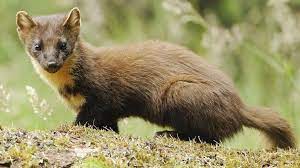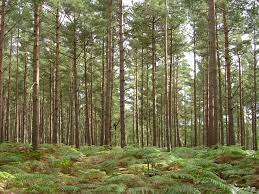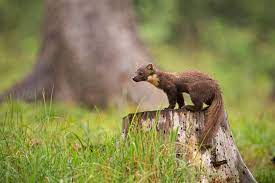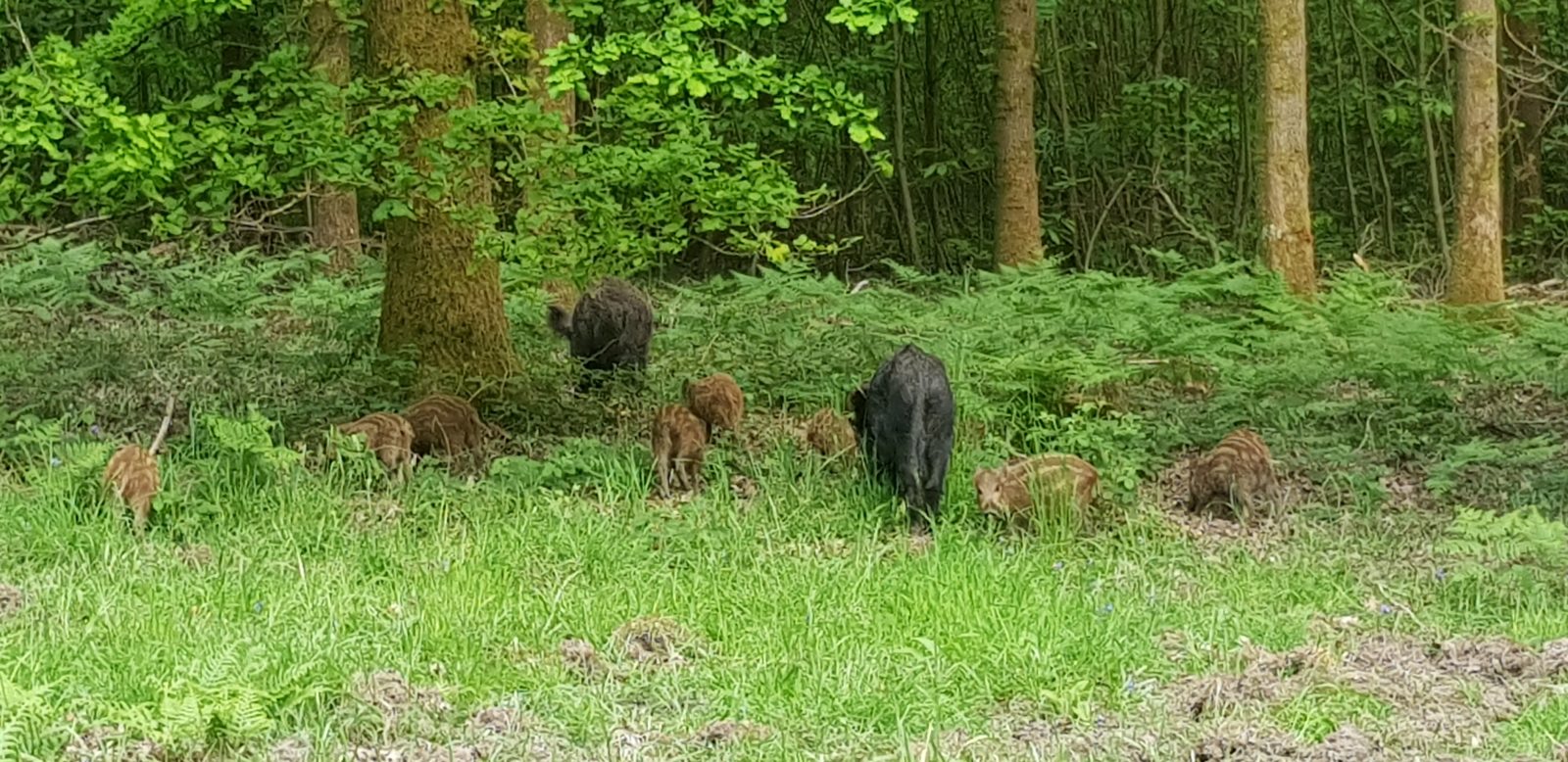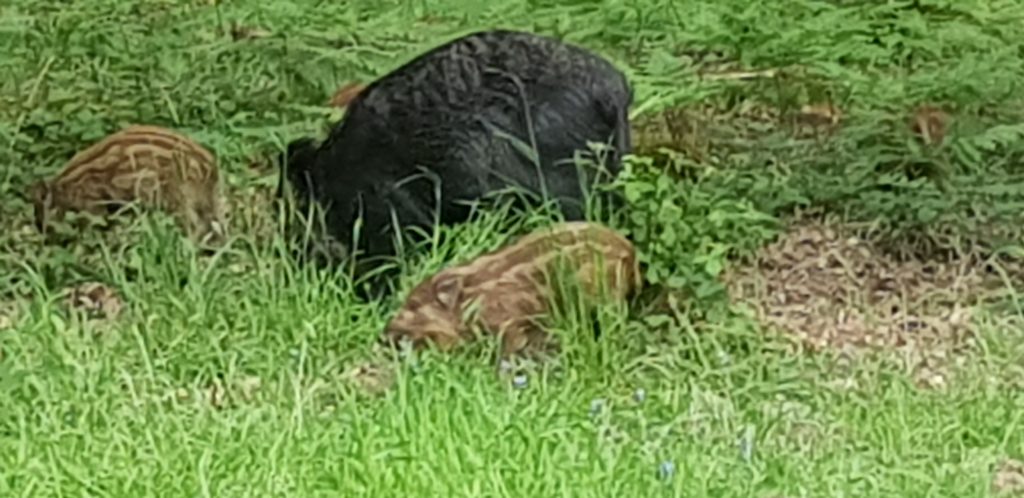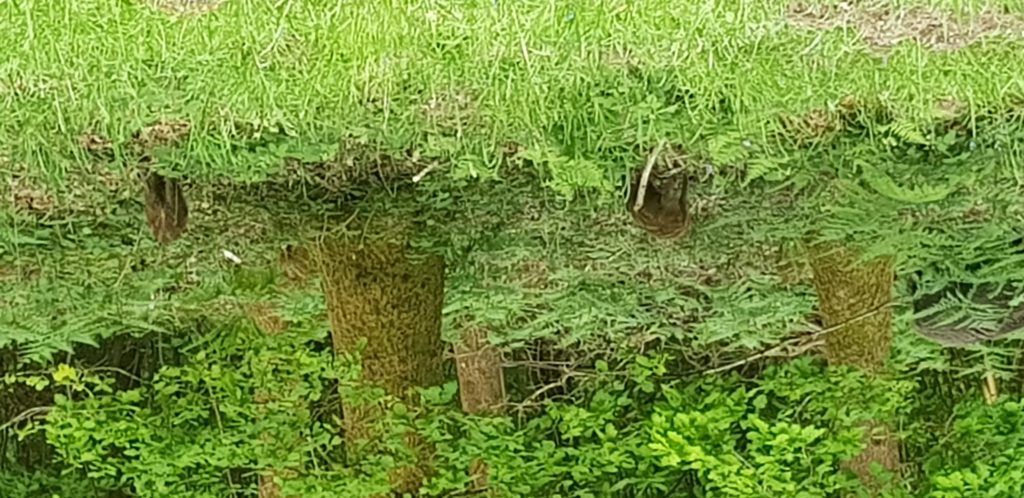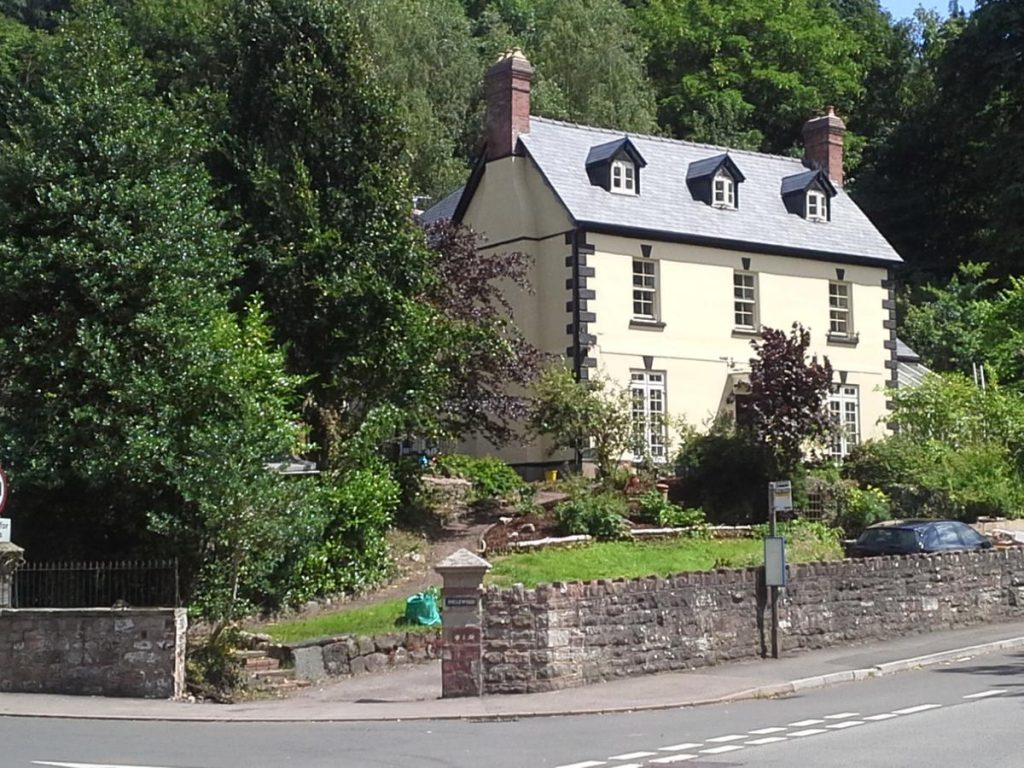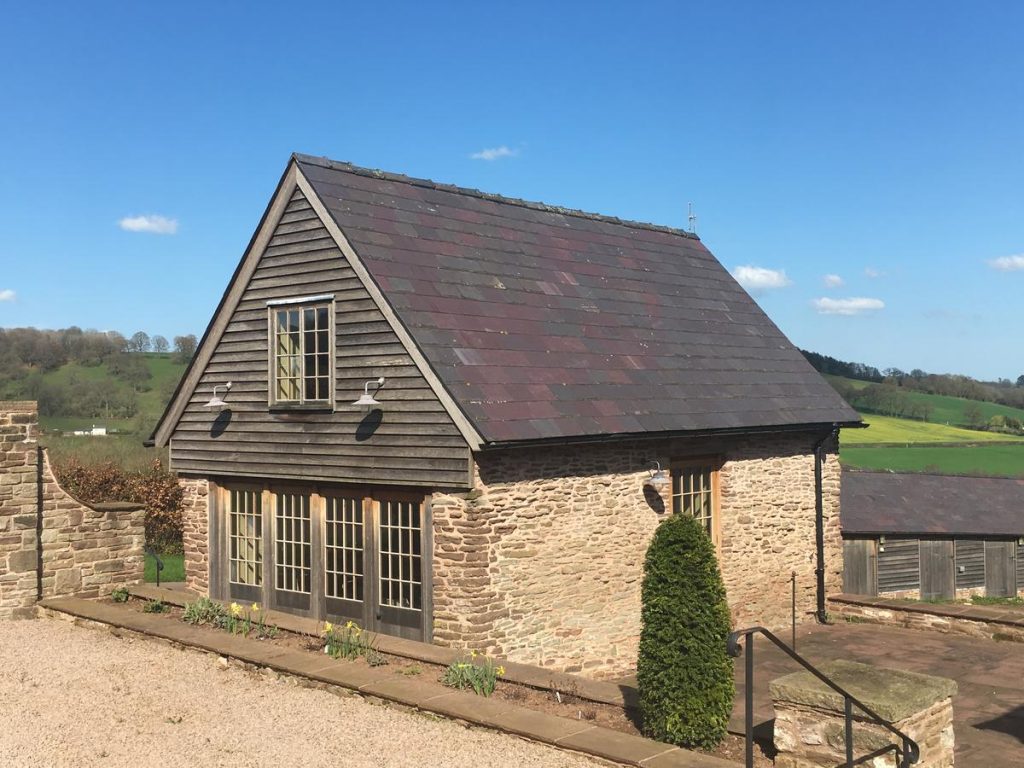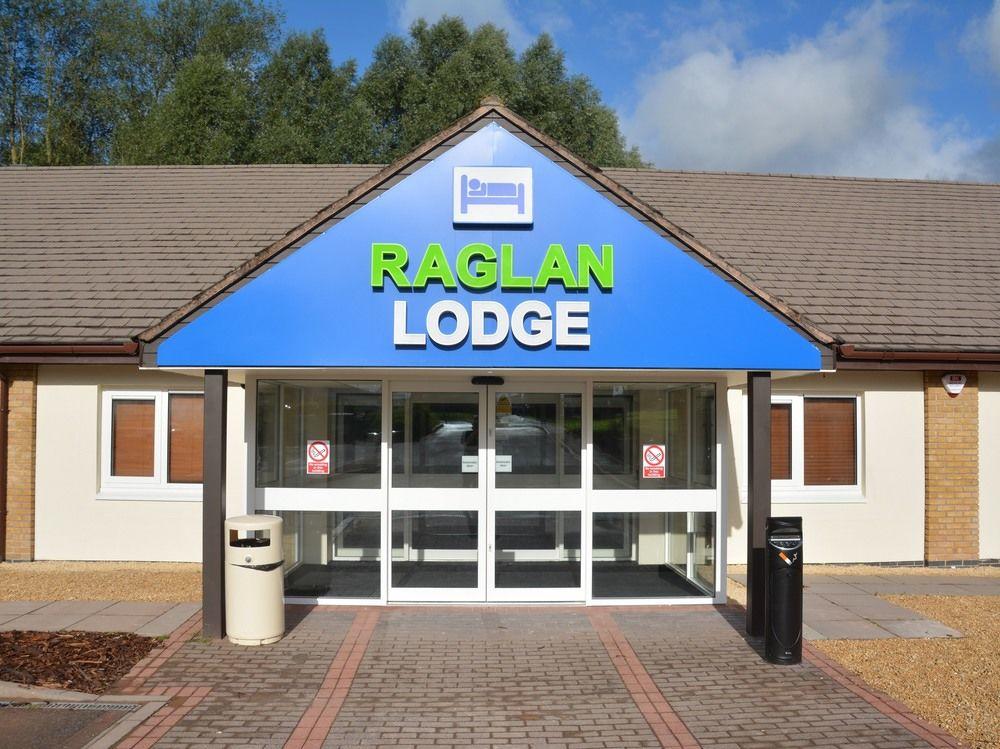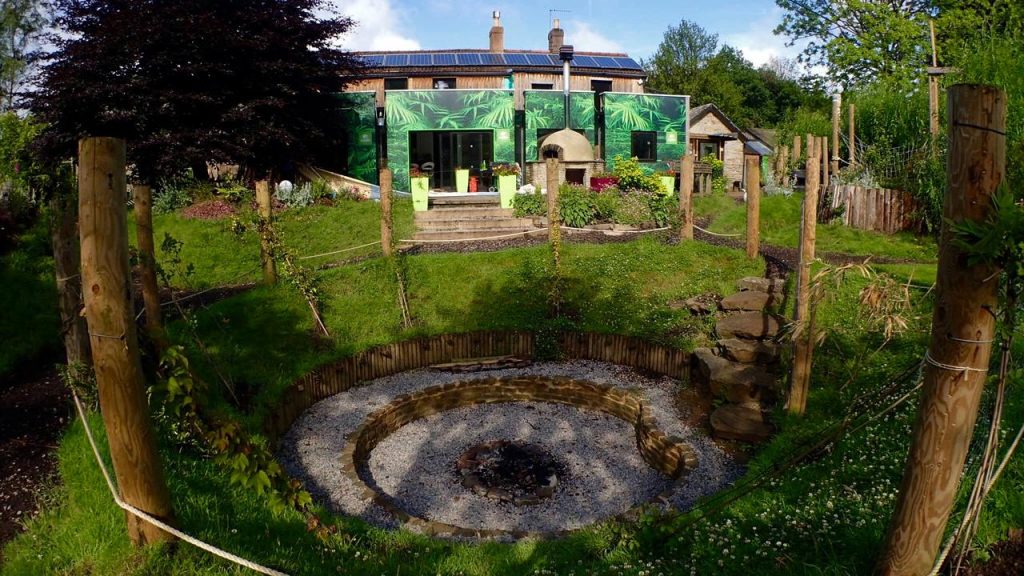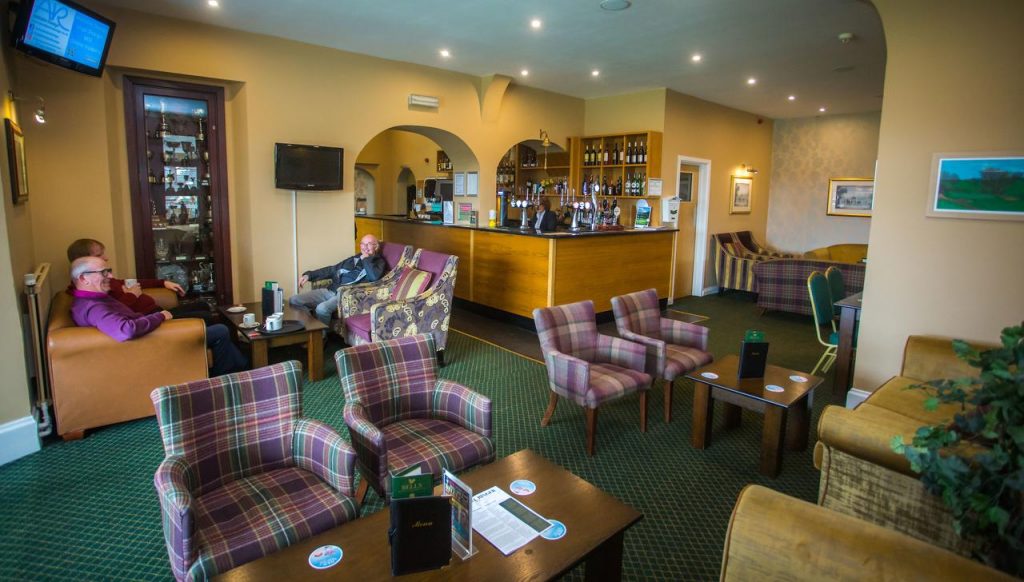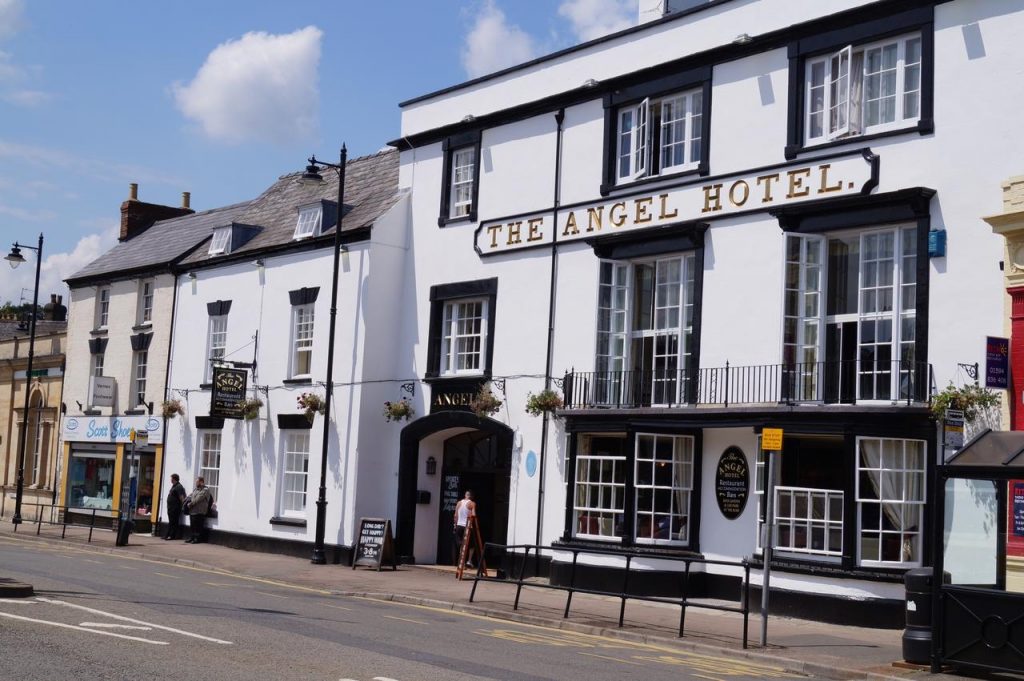Increasingly, scientists are coming up with simple ways to avoid wildlife pregnancies through medication in food. In the UK species needing this sort of thing include
These vary in the cost to the UK economy (as do the various invasive species elsewhere in the world). Below, you will find a list of many of these species in the UK, along with (where available) an estimate of the size of the population and the cost that they come with from the damage that they do. Click read more, to look at all of the different species we have talked about.
Read more: Should pest animals be put on the ‘pill’ rather than culling them?- Grey squirrels: Squirrels are estimated to cost £7 million in England and Wales just to forestry, the total is estimated at £14 million. The royal forestry society stated “Grey squirrel damage to trees in England and. Wales is estimated to cost £37m a year in lost timber value, reduced carbon capture, damage”. Likely a more complete figure. While the only successful elimination campaign was on Anglesey (9,597 grey squirrels were killed at a cost of £1,019,000) using natural forces, such as pine martens, many areas would just need time. They are found throughout mainland UK and many islands except areas like Anglesey and various islands, as well as areas where pine martens still live – their range includes much of Scotland and parts of Wales. Allowing the Pine marten to recover would greatly increase the number of no grey squirrels area – and various tests have shown that isolating populations can quickly depress them to near zero (despite being one of the most common places to see squirrels, city populations are only sustained by continual immigrants from the surrounding area. There are thought to be around 2.7 million grey squirrels.
- wild boar: different to the Grey squirrel, the wild boar is native. It is true that most boar is not pure, and as such with the pig DNA breeds far faster, making its control harder. The countries population is thought to currently be 2600. Their presence of wild boar greatly improves the health of woodland, so we hope that they will not be exterminated, but rather allowed to spread to other woodlands (or indeed moved). It can be an issue for farmers, and there are needs to work on this, but their net effect is likely to be positive.
- deer (both over-large native populations & introduced species). It is thought to be around 2 million deer in the UK, with around 600,000 born each year.
- Red deer- 360,000 in UK, with most being in Scotland. Perhaps only 50 in Wales This has grown hugely over the last 100 years. Growth estimates 2.23% growth a year. NATIVE
- Roe deer- 800,000 in UK, with around 70% in Scotland. Perhaps only 50 in Wales. Estimate is that the population is growing at around 2.3% a year NATIVE
- Sika deer- 11,500, 9000 in Scotland and 2500 in England. They originated in Eastern Asia and were introduced in around 1860. NON-NATIVE- founding population originates from escapees from various deer parks around the UK (though I think it is easy to argue that deer parks should only contain native deer, in the UK
- Fallow deer: around 100,000, thought to have hugely increased in last 20 years but increase per year is not forthcoming. NON-NATIVE -They originate in Asia, attempts to introduce them into places like Spain have often failed due to surviving populations of predators like wolves.
- Muntjac deer: NON-NATIVE – Introduced to Woburn Park in Bedfordshire in 1838, they started to escape shortly after. Current population is roughly 52,000, but with a growth rate, that has been measured between 1980-2009 at 12% per annum. Should this continue, it would only take 2 decades for the population to exceed 500,000
- Chinese water deer: NON-NATIVE – there are just 3600 deer living in the UK, though this is thought to be growing each year. Alarmingly, this small number represents 10% of the global population. It is possible that these might represent a back-stop which could allow their reintroduction back into their native habitat. The population is thought to be growing.
- Feral goats: thought to be the first animal farmed, as early as 5000BC, but it is thought to have been roaming the UK for around 10,000 years. The Snowdonia goat population is thought to have doubled to 500 in the last 5 years. Originally thought to be around 250 herds around the country, that has dropped to just 50. The current population is thought to be around 1500
- Pigeons- Descended from native, via domestication: The wild animal is the Rock dove, the feral pigeon is a domesticated species which escaped. The feral pigeon is thought to be around 18 million. No serious effort has been made to eliminate them, though problem populations can be rapidly reduced by bird boxes for birds of prey like peregrine falcons.
- Parakeets NON-NATIVE 32,000 in 2012 potentially twice that number by now. Various possible starts to the population include escapees from a film set of ‘The African Queen’ an aviary damaged by falling parts of a plane. However, once here their population rapidly grown. They have a very strong beak, which means that they are often able to create access points into buildings from incredibly small openings. Once inside they can cause electrical short circuits and more.
- Wallabies: unknown population size, the peak district population is thought to be extinct, having not been seen in the wild since 2000.
- Many, many more
Total damage from invasive animals, in the UK, is estimated at £5 billion over the last 40-50 years.
The problem of invasive species appears to be a problem around the world. Places like the Kruger national park in South Africa, while looking native, have 146 species alien species, and what will happen in the future.
The suggestion is, by stopping these species from being able to have young the population will disappear over time. Virtually every country on earth has invasive species, but we need to work on stopping these accidental or illegal introductions. There would have to be a range of different ways of to get the contraceptives into the animal, food which a red deer could consume would not be edible for a parakeet.
Oddly, one of the groups most at fault here, is so called animal rights groups. Regardless of where the species origin is, they are just set loose. This is foolish, as both the released animals, and the area into which they are released are likely to suffer horrifically – often through starvation, though the animal will often do much damage before they die. So called animal rights groups are foolish in the extreme if they think that this improves the life of any of the animals in question.

